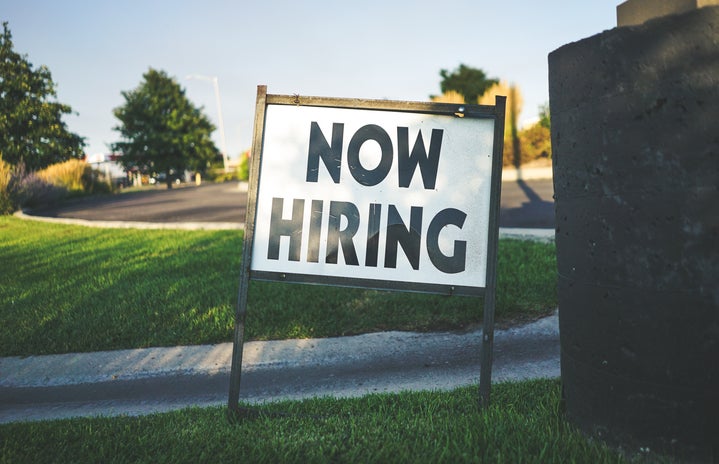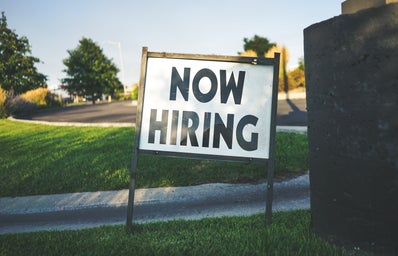Help wanted signs, long wait times and sign-on bonuses. These are all things you might have noticed for the past several months, and it’s all due to the labor shortage.
Early last year when the pandemic hit, unemployment skyrocketed to around 15%. Many were getting laid off due to their industry being heavily impacted by safety measures and stay-at-home orders.
Over this past summer, the world finally started to feel normal. This was largely attributable to the widely available COVID-19 vaccines which allowed businesses to fully open, resulting in the demand for workers.
In Feb. 2020, the labor force participation rate was at 63.3% and as of Sept. 2021, it is at 61.3%. The big question is: Why are those 4.3 million people not working?
The industries experiencing the most severe labor shortages are transportation services, service, retail, manufacturing and even business services.
Women are an important demographic to consider. Many have left the labor force for child-care reasons.
Typically after recessions, workers are eager to get back to their jobs. They might have suffered economic hardships and needed a reliable source of income rather than relying on short-term stimulus payments. This is not the case following the COVID-19 recession.
Some main reasons for quitting are burnout and pandemic epiphanies. This is the idea that some workers realize life is short and they want to do something else with their time. Additionally, workers would have quit during the pandemic but didn’t due to their need for a source of income.
How are businesses dealing with the labor shortage?
Almost everywhere you go, there are some traces of the labor shortage. Many businesses are putting big signs in their store windows advertising that they are looking to hire. Incentives, like sign-on bonuses or higher wages, are often the focal point of these signs.
Specifically, in the restaurant industry, wait times reflect their worker shortage. It’s common for a restaurant to look like it has multiple tables available, but the hostess still gives a wait time. Often, there aren’t enough chefs or servers to keep up with the high volume of customers. The wait times space out demand so that the restaurant workers aren’t overwhelmed.
Some businesses have started cutting back hours and even closing a few days a week.
Child-care and daycare centers are limiting the number of families they take. This is another contributor to women dropping out of the labor force, as mentioned above.
Immigrant workers, who are typically relied on for seasonal employment, were difficult to employ this summer. Border closures made it harder to give out visas, so businesses had to sometimes solely rely on workers in the U.S.
Certain workers who quit corporate jobs did so as they believed the stress wasn’t worth the toll on their mental health, even if the pay was decent.
As unemployment benefits start to fade, only time will tell how the labor shortage issue resolves itself. Employers will need to create additional strategies to incentivize workers to respond to this shortage if they want their businesses to operate as normal.
Sources:
https://www.wsj.com/articles/labor-shortage-missing-workers-jobs-pay-raises-economy-11634224519


